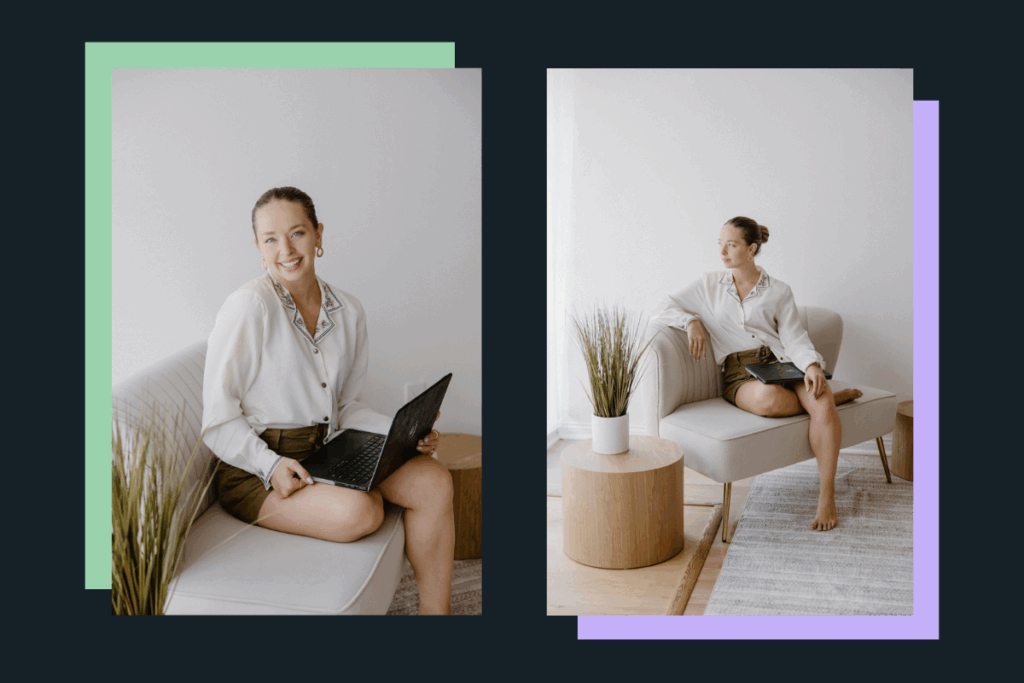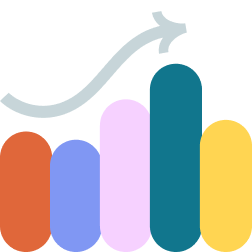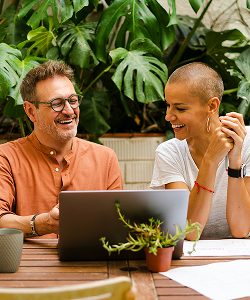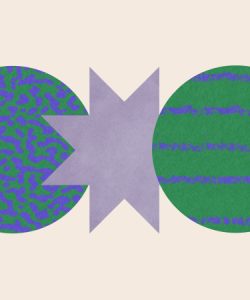From fear to partnership: How AI can enhance your photography business without replacing your artistry
Artificial intelligence has been a hot topic in creative industries, and photography is no exception. AI-powered editing, culling, and even generative tools are shifting the landscape, leaving many photographers wondering: Is AI here to replace us?
As a full-time wedding photographer who’s spent over 12 years behind the camera, I understand the concerns. Photography isn’t just about technical skill—it’s about human connection, storytelling, and creative intuition. So, let’s address the fear head-on:AI is morally neutral, it’s how we use it that matters. In fact, if used correctly, it can become a valuable business partner that helps you work smarter, not harder.
AI won’t replace you—But it will set you apart
When I first heard about AI tools creeping into photography, I was skeptical. I worried about how unchecked AI could impact creativity, originality, and even ethical standards. But over time, I realized something: AI isn’t a substitute for true artistry—often it’s a tool that helps photographers do their best work, more efficiently.
For example, I used to pay a virtual assistant $750 a month to help manage my workflow—taking notes during client calls, organizing shot lists, summarizing emails, and handling administrative tasks. But when I started using HoneyBook’s AI features, I realized the software was doing all of that work for me. Instead of manually recapping a consultation, HoneyBook’s AI note-taking tool does it automatically. Instead of spending hours crafting the perfect email response, AI-generated templates speed up the process—while still allowing me to tweak them to match my voice.
That change alone saves me 2 to 4 hours every week—which, over the course of a year, adds up to over 100 hours of reclaimed time and nearly $10,000 in savings. That’s time I can put back into shooting, editing, marketing, or even just resting so I don’t burn out.
How AI works for you, not against you
If you’re a photographer hesitant about AI, here are some practical ways it can actually help you:
1. AI-powered note-taking = No more manual client recaps
Before a wedding, I hop on calls with my couples to discuss timelines, must-have shots, and any personal details they want captured. I used to jot down notes, send them to my VA, and wait for a cleaned-up version to be emailed back. Now? HoneyBook’s AI does it instantly—turning call transcripts into neatly summarized notes that I can reference at any time.
2. Email assistance that speeds up (but doesn’t replace) client communication
I get a lot of inquiries. Some are straightforward, but others require thoughtful responses. HoneyBook’s AI generates suggested email replies that actually sound like me—so instead of starting from scratch, I tweak and send. This feature alone has saved me hours of admin work.
3. Smarter pre-meeting prep
Another game-changer? AI-generated client summaries before a meeting. I’ll get an email reminding me, “Hey, you’re meeting with Alex and Brody today. They want a sunset session, an intimate wedding in Morocco, and special moments with their grandparents.” Instead of digging through emails to refresh my memory, I have all the key details in one place.
4. Faster culling and editing
Sorting through thousands of wedding photos? Brutal. AI-based tools like AfterShoot help speed up culling by flagging blurry shots, blinks, and duplicates. AI editing tools in Lightroom and Photoshop help me clean up distractions (goodbye, exit signs) without spending hours on tedious touch-ups.
The ethical debate: Where do we draw the line?
AI in photography isn’t just about efficiency—it raises real ethical questions. Where do we draw the line between enhancing a moment and fabricating one?
I think about this often, especially in wedding photography, where my job is to document love stories as they actually happened. A couple’s wedding day is filled with intentional choices—the dress they picked, the heirloom veil from their grandmother, the bright green shoes the bride fell in love with months ago. These details matter. They’re part of the story. If I used AI to change those shoes to beige just because I preferred a more neutral look, I wouldn’t just be altering pixels—I’d be altering reality. And that’s a line I refuse to cross.
But not all AI use is unethical. When I remove an exit sign in the background, I’m not changing the essence of the moment—I’m simply eliminating distractions. When AI speeds up my culling process, it’s not choosing my final images for me—it’s simply filtering out the obvious no’s, so I can focus on the best shots. AI is a tool, not a storyteller. The moment we let it dictate the art instead of assisting the artist, we lose the soul of what we do.
I also think about trust. My clients hire me because they trust me to document their day authentically. If they started wondering whether I was generating perfect skies, filling in missing guests, or swapping out real details for AI-enhanced versions, that trust would be broken. And once trust is gone, so is the value of what I do.
So yes, AI is powerful. But it’s only as ethical as the person using it. As photographers, it’s up to us to decide where to draw the line—and to make sure we’re still telling the truth.
Final thoughts: How you use AI can make or break your business
The reality is, AI is here. The question of if a photographer should use it is a personal one, left for each creative to decide for themselves.Those who ignore it completely may find themselves spending unnecessary hours on tasks that AI can handle in seconds. Meanwhile, photographers who integrate AI into their workflow wisely and ethically will have more time, energy, and resources to grow their businesses.
Rather than fearing AI, ask yourself how you can leverage it. Letting it take over the grunt work, so you can focus on creating the kind of images (and client experiences) that no machine can replicate might just be the smartest business move you can make.



